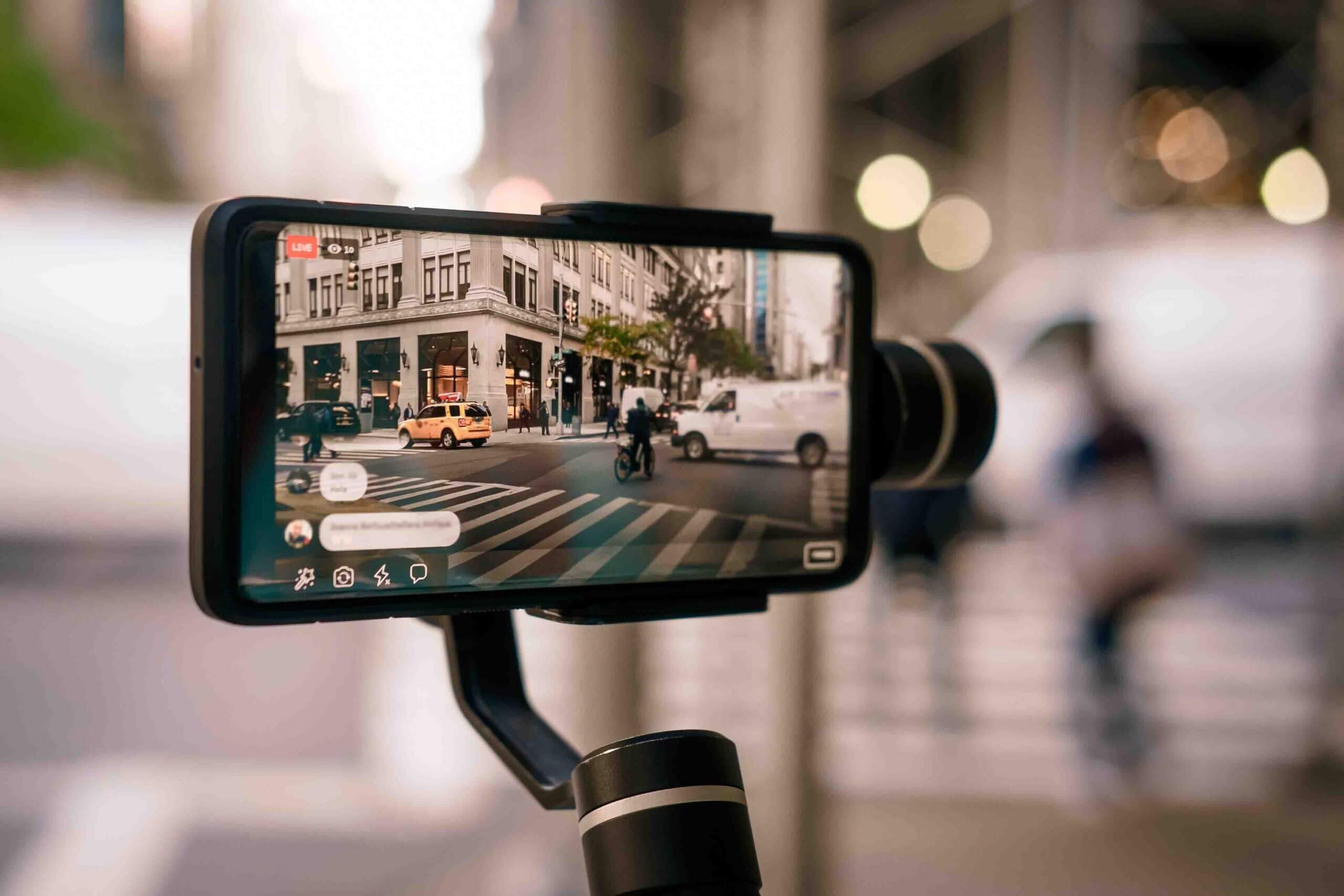브라질 방송사 TV Bahia는 TVU Networks와 협력하여 캄페오나투 브라질레이루를 위한 클라우드 기반 워크플로우를 선도적으로 도입하며, 혁신을 보여주고 유연한 원격 제작의 새로운 기준을 수립했습니다....

Just ‘Uber It’ To Build Confidence In User-Generated Content
By TVU Staff, TVU Networks
February 4th, 2021
There was a time when user-generated content –both still images and video—was relatively safe to use on air. A meteorologist might feature a viewer’s still of a sunrise or snowy field during the weathercast.
In those simpler days, clips from VHS and Betamax tapes submitted by viewers who happened upon news –a fire, a police chase or a tornado—might find their way to air, even if the video quality wasn’t quite up to par. After all, bad video is better than no video.
But those days are long gone. Instead of clunky camcorders, most people today carry smartphones with HD or better video cameras in their pockets and purses. Almost reflexively, many pull them out, shoot news –whether or not they call it that—and upload it to their social media sites.
For newsrooms committed to being “Live, Local, Late-breaking” or some close variant, that can be a problem. In many cases, a member of the public who happens upon breaking news and shoots it will have posted video to his or her social media account long before a station can muster a crew, get to the breaking news site and go live.
But simply taking these posts to air is dangerous to the point of being unacceptable for any station hoping to build and maintain a news brand based on trust.
Trust and Technology
The problem boils down to balancing immediacy and accuracy. Delivering on the former without ensuring the latter chips away at the trust audiences place in a broadcaster. However, vetting takes time, which is the enemy of immediacy—not such a big deal unless every other station in town has the video on air.
The answer to the problem revolves around trust. Can the smartphone streamer be trusted? Is the video legit or some ruse?
Ironically, the first step to determining whether a streamer is trustworthy lies in the very device that raises the question in the first place: the smartphone. The second step is being proactive by putting in place programs and procedures that transform anonymous streamers into ad hoc stringers and eventually builds a cadre of trusted stringers throughout a metro who are available at a moment’s notice.
Uber It
Smartphone apps regularly include geo-location, both outdoor and indoor. Anyone who has ever taken an Uber ride or driven for Uber knows that. It also allows drivers and passengers alike to rate their experience with each other. Now apply those same concepts to would-be ad hoc stringers encouraged on air to download a station’s streaming app.
Knowing where those stringers are and corresponding their location to the site of breaking news with info gleaned from public safety scanners and people calling in news tips offers a degree of confidence that the streaming video from a stringer is legit. That confidence only grows with each additional ad hoc stringer on site streaming video of the same unfolding event.
Over time, many of these stringers will solidify their reputation for being trustworthy just as Uber drivers and passengers build their own. In turn, that will build confidence in the newsroom to assign a trusted, geo-located streamer near a breaking story to begin shooting. In other words, newsrooms will one day be able to “Uber It” to enhance their breaking news coverage.